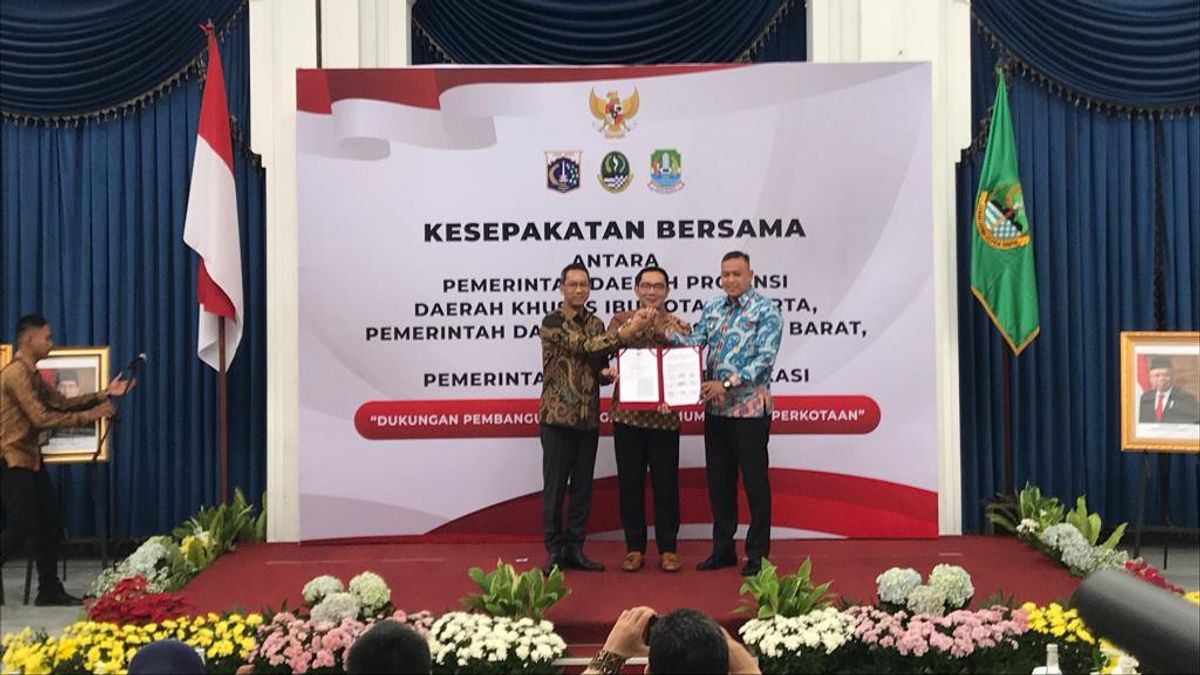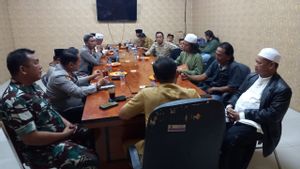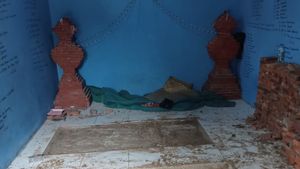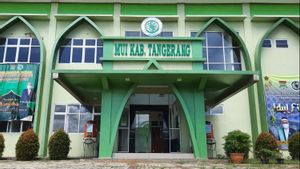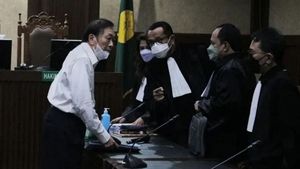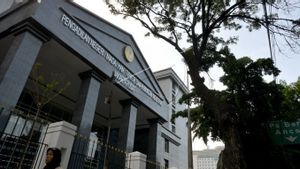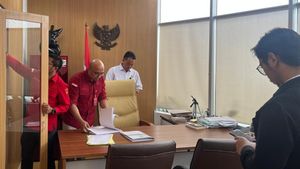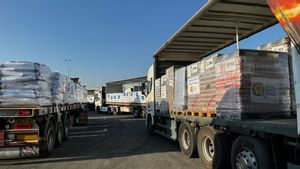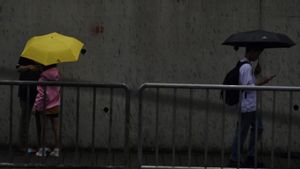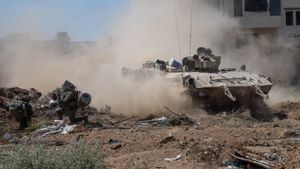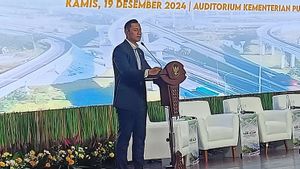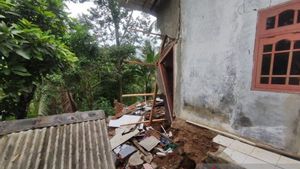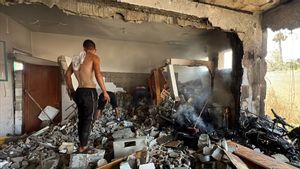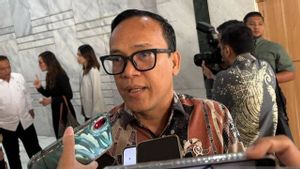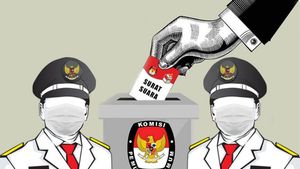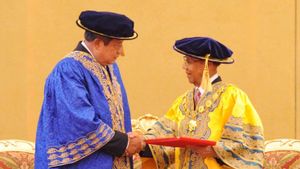BANDUNG - Acting (Acting) Governor of DKI Jakarta Heru Budi Hartono and Governor of West Java Ridwan Kamil agreed on a joint commitment between the Provincial Government of DKI and the Provincial Government of West Java for the planned construction of the East-West corridor MRT with the Cikarang-Balaraja route.
The signing of a memorandum of understanding (MoU) regarding regional support for the construction of MRT phase 3 which began at stage 1 of the Tomang-Medan Satria area was carried out at Gedung Sate, Bandung, West Java.
In his remarks, Heru reviewed the historical transformation of the MRT. When it was initiated in 1992, Heru said that the planning for the mass rapid transit development did not go fast.
One of the factors at that time was the government's doubts about the financing scheme for the construction of the MRT, which began in phase 1 with the Lebak Bulus-Bundaran HI route.
"Starting from 1992, there were still meetings. Until 2000, they were still meeting. Normally, our citizens, no one wants to take care of the MRT. Why didn't it arrive, they asked each other who was responsible for the financing. But DKI officials persisted together with the central government, in 2000 the process began to be seen," said Heru, Friday, February 17.
According to him, the existence of the MRT in West Java, especially Bekasi, which is included in the Cikarang-Balaraja route, will indirectly change the pattern of society to become more disciplined. This is because residents who will use the MRT will arrive at the station following the train departure time.
Not to mention, there is an added value for Bekasi, which can increase local revenue (PAD). Heru guaranteed that the MRT in Bekasi would invite developers to invest. He conveyed this to Plt. Mayor of Bekasi, Tri Adhianto
"Pak Tri, Mayor, this can provide additional input for your PAD value. Not only because there is an MRT. But you will also be excited, because the property (developer) will build there," said Heru.
Meanwhile, the Governor of West Java, Ridwan Kamil, views that the planning for the construction of phase 3 of the MRT is not as difficult as the first phase. The man who is familiarly called Kang Emil makes an analogy of building the MRT line like giving birth to a baby.
"The first baby is usually the most vulnerable. The second, and third babies, are relative. Because there is experience, it's easier to accommodate," said Kang Emil.
"This is a process that must be gone through and we are very happy, because the leader's job is to provide a sense of hope. The goods don't exist yet, but with today's events it will give hope that it will be OTW again, yes," he continued.
For information, MRT Phase 3 development with the Balaraja-Cikarang route stretches for 84.10 kilometers. With financial support from Japan as the main investor, the East-West MRT project worth IDR 160 trillion is divided into 2 phases, namely, phase 1 which covers the DKI Jakarta area, and phase 2 which covers Banten and West Java.
The government plans to provide 3 operational depots at the east-west MRT with an estimated 1.2 million passengers per day.
Phase 1 will be further divided into stage 1 along 24.52 kilometers which will go through Tomang, Dukuh Atas, Senen, Perintis to Medan Satria, and stage 2 along 9.23 kilometers which will go through Tomang and Kembangan.
Phase 1 of the east-west MRT is expected to operate in 2031 with a construction target of completion no later than 2024.
SEE ALSO:
Meanwhile, MRT east-west phase 2 will be divided into east-west Banten along 29.99 kilometers which will go through Kembangan, Kelapa Dua, to Balaraja, and East-West West Java along 20.43 kilometers which will go through Medan Satria and Cikarang.
The English, Chinese, Japanese, Arabic, and French versions are automatically generated by the AI. So there may still be inaccuracies in translating, please always see Indonesian as our main language. (system supported by DigitalSiber.id)
